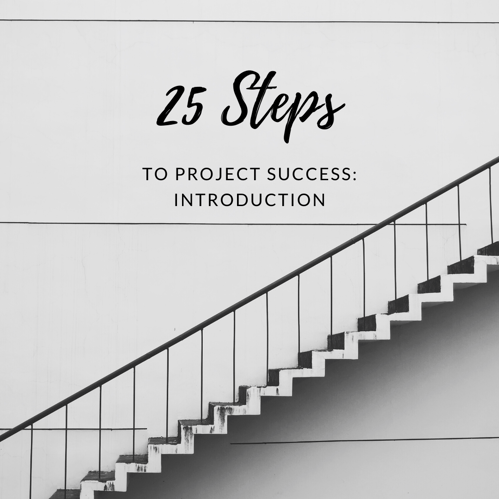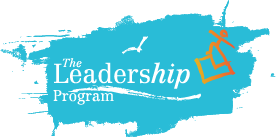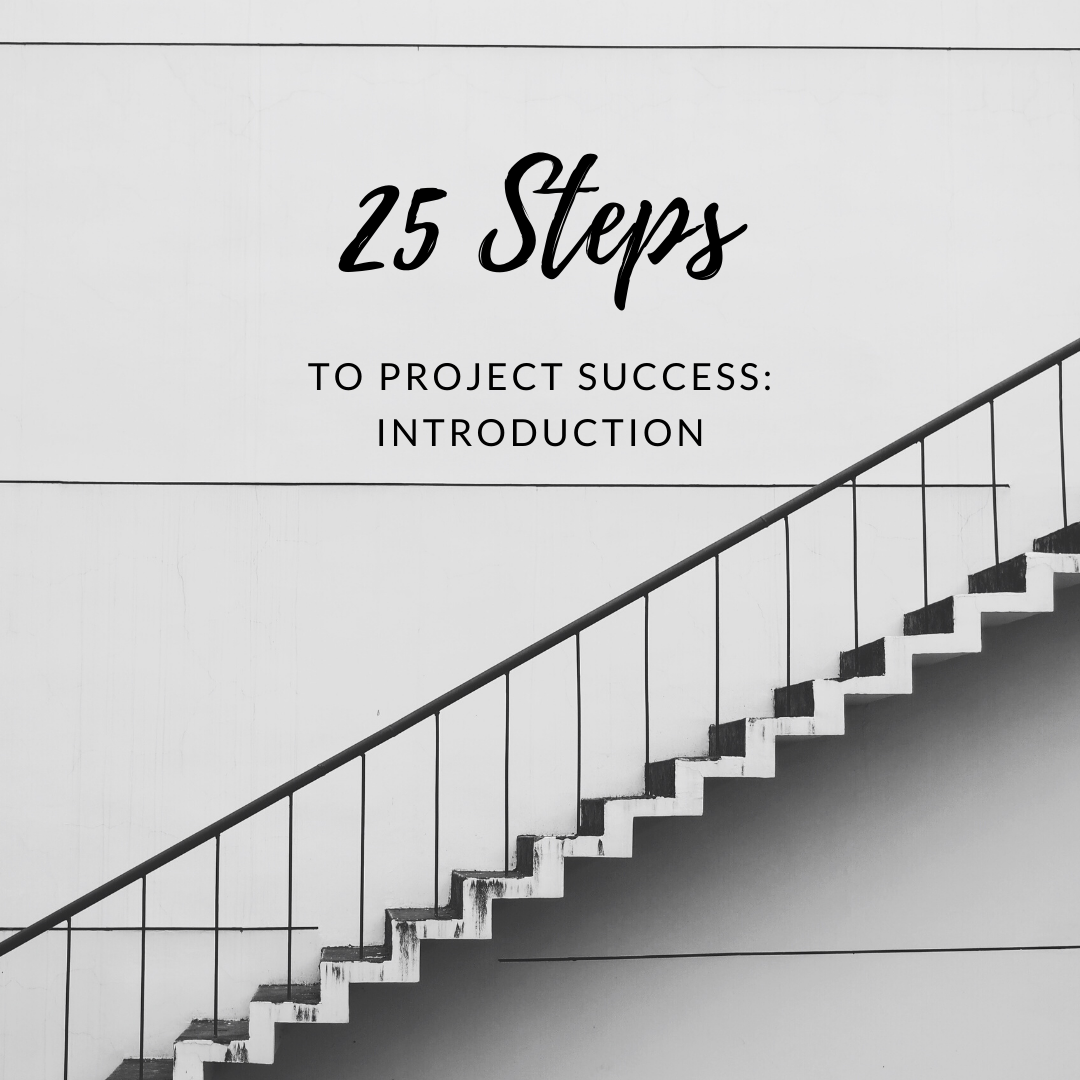 If you manage small to medium-sized projects, chances are you have never been given any real guidance on project management. Most managers have learned some soft skills for leadership, but many have never learned the tools and techniques for getting projects done well. If you find yourself wondering how some people nail their projects while you struggle with surprises, find yourself bogged down in rework or dealing with communications issues, the following 25 Steps to Project Success are for you.
If you manage small to medium-sized projects, chances are you have never been given any real guidance on project management. Most managers have learned some soft skills for leadership, but many have never learned the tools and techniques for getting projects done well. If you find yourself wondering how some people nail their projects while you struggle with surprises, find yourself bogged down in rework or dealing with communications issues, the following 25 Steps to Project Success are for you.
You've Got to Plan for Joy
My passion for project management grew out of a failure. Several years ago I was put in charge of a seemingly simple holiday event at an elementary school. The event was a Winter Crafts Fair for 300 families. It took place in the school cafeteria. We had cupcake decorating, dancing, choir, and tons of arts and crafts. Students were to perform pieces they had been working on since September. Sounds innocent enough, right? Not really.
I made some classic mistakes that led to an unhappy principal, frustrated families, and a damaged team morale. An argument between parents at the cupcake booth almost led to a physical altercation as students jockeyed for a position in line. When the dance performance started, parents shoved and pushed each other to get a view of their kids, again creating an unsafe environment. No one could hear the students singing over the noise of the crowd. Some tears flowed. We had free gifts donated from an organization and a man dressed as Santa to hand them out. It wasn’t total chaos due to the support I had from a quick-thinking team - but it was still sad to watch Santa doing his best to get presents into the hands of the kids in a peaceful way. You need to plan joy into an event like this.
It would be easy to blame the parents for being unruly but the truth is that the chaotic environment was my fault. I had scheduled things to happen, but I hadn’t done any risk identification or risk planning. I didn’t fully understand the vision for the event. Because I had not done a stakeholder analysis or sought expert advice I was making it easy for the project to go wrong. I had a great team that made smart, quick decisions in the heat of the moment that saved the day - but their trust in my leadership was damaged and they would think twice about being involved in any of my future events.
A PM is Born
The next day I called my brother James, who owns a development company in Seattle, Washington to ask how he manages his projects. He told me to read Getting Things Done by David Allen which was a great start. I began using software for task management and my projects became larger and more successful. Based on these successes I became passionate - obsessed, really - about learning as much as I could about projects. I eventually became a Project Management Professional (PMP) through PMI and now manage multi-million dollar grants and consistently deliver on budget, in scope, and on time. I still put to use lessons learned from that failed event six years ago. It was key to my development.
For the purpose of this blog I broke things down to 25 essential steps for small-to-medium sized projects with a focus on improving the performance of our public schools. Generally, this is designed for projects of up to $20,000 in annual cost with project teams of up to five. I am assuming that most of your work is operational, not temporary in nature, and that you periodically have projects that you take on as part of your workload. Once the project is complete your team is likely to dismantle and get back to just doing their normal job.
I write this to share what I am learning in educational project management and to create a space for feedback so we can learn from each other. The flow is simple. I will create a separate post for each of 25 steps for executing a successful project. These steps are mostly sequential but frequently interact in an iterative way and will flow a bit differently for each project. This blog is specifically designed for projects in education management, as that is my field, but will easily apply across disciplines. Please send feedback along the way as I may be able to use your ideas in future posts. I look forward to our conversations!
Look out for a new blog on user-friendly, Project Management tips on the Wednesday of each month, starting next week.
We'd love to hear from you about your own project challenges:
"25 Steps to Project Success: Introduction" by Tom Armstrong. 2016
Originally published on LinkedIn.



Comments [0]
Click here to read/write comments